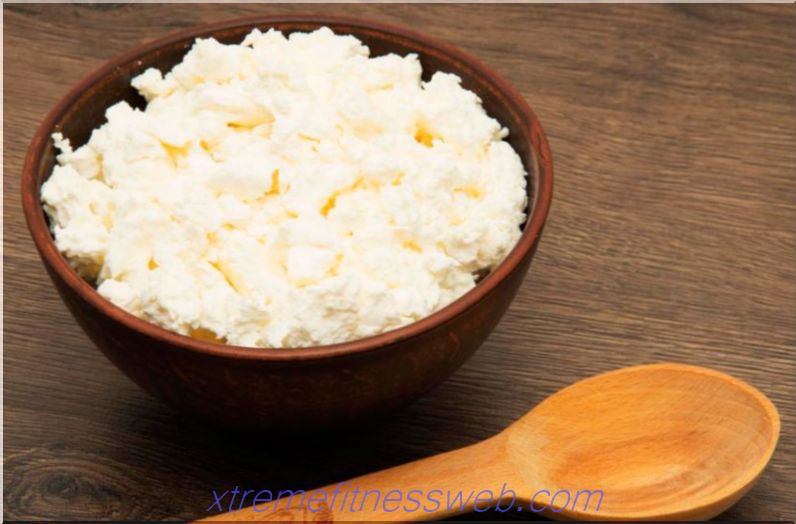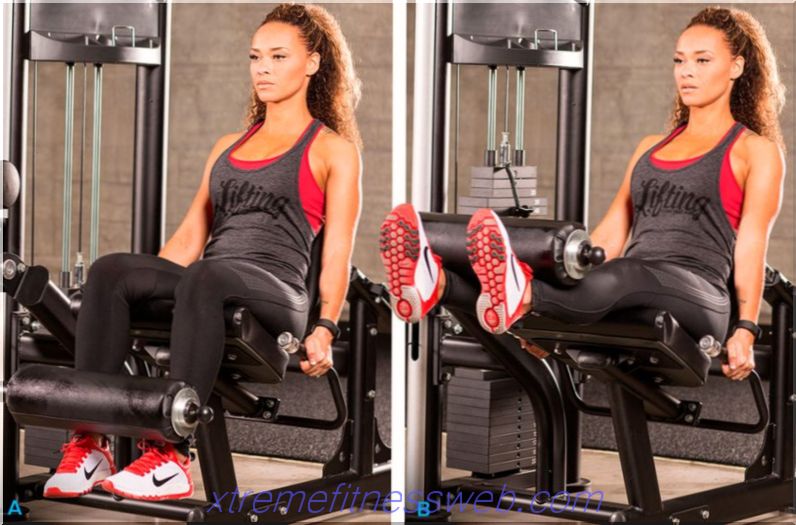- The essence of the exercise and its benefits
- What muscles work
- Narrow parallel grip pull
- Straight narrow grip pull
- Narrow Reverse Grip Pull
- Execution technique

To do pull-ups with a narrow grip is important for the development of not only the muscles of the back, but also the biceps of the hands. This movement allows you to harmoniously develop the entire muscle mass of the back, and not give axial load on the spine. Exercise will help those who want to have impressive arms, but do not like bodybuilding workouts with a dozen different movements for biceps. This exercise is well suited to compensate for the axial load on the spine that we experience while crouching with a barbell on our back or chest, as well as performing jerks, jerks, and jumping movements. Pull-ups appear first in terms of a teenager, because they do not affect growth points in any way, and allow the young body to become stronger without harming itself. They must be performed by fitness athletes, because they overcome the complex of problems called "office posture."
Content
- 1 The essence of the exercise and its benefits
- 1.1 Benefits of tight grip pull-ups
- 1.2 Contraindications
- 2 What muscles work
- 3 Pulling with a narrow parallel grip
- 4 Pulling with a direct narrow grip
- 5 Pulling with a narrow back grip
- 6 Technique
The essence of the exercise and its benefits

Why it is not enough to pull up only with a wide grip "> The benefits of pulling up with a narrow grip

The key to arm and back strength is performing large-amplitude exercises. So pulling up with a medium and narrow grip is an exercise on the back with the largest working amplitude. It allows not only to build up “muscle thickness”, but also significantly increase strength indicators. The movement is suitable for those who have problems with the bench press, and shocks, as well as problems with the usual pull-up. Increasing the results in pulling up with a medium and narrow grip will allow you to lift more for biceps too.
This is one of the exercises that you need to include in training if a person actively shakes his chest or presses while lying down to obtain a power result. A narrow grip pull helps to compensate for muscle function. This is important for the prevention of injuries of the elbow and shoulder joints and good posture.
Contraindications
It is believed that pull-ups are ideal for impaired posture, scoliosis, kyphosis and hyperlordosis. But this is not so. Many people have, in addition to the curvature of the hernia, various compensatory changes in the shoulder joints. If one shoulder is lower than the other, there are impaired posture and similar problems, you should definitely consult a doctor so as not to aggravate your condition.
Those who have protrusions and hernias should not be tightened during the period of exacerbation. Also, the doctor must decide in which technique the patient should work optimally, since kipping and butterfly stroke, as well as minimal foot help, create a strain on the spine.
You will have to give up pull-ups for a while if you cannot heal the injuries of the ligaments and joints, as well as inflammatory processes in the muscles without this. Beginners should not use plans like "100 pull-ups" so as not to cause overtraining and harm themselves on their own.
A contraindication is the exacerbation of diseases associated with a loss of orientation in space - epilepsy, disruption of the central nervous system. It should be tightened carefully if the weight is large and the grip does not hold. In this case, the straps are used.
What muscles work

The main working muscles here are slightly different from the classic version, when the main mover is the broadest:
- The pull-up starts due to the biceps of the arms;
- Further included are diamond-shaped, large and small round and trapezoidal;
- The final phase of the movement also connects the muscles of the forearm;
- The broadest connected to work to a lesser extent
Extensors of the spine, abs, hips and buttocks work as stabilizers.
Narrow parallel grip pull

Narrow parallel grip can be of two types - on the V-shaped handle, and on the width of the athlete’s shoulders. The second is technically medium, but it is also called narrow in articles and sports training videos.
Hand pulls include biceps, and large and small round back muscles, rather than the broadest ones. They are used for "drawing the form" and as an auxiliary exercise for the bench press. Typically, this option is performed at a reduced amplitude, without fully straightening the arms, simply because this straightening option is uncomfortable for the shoulders and elbows. This movement is used to dynamically generate deflection in the thoracic region and to reduce the shoulder blades, so you need to control the position of the spine.
Straight narrow grip pull

For many people, this is the most difficult option, because they simply can not seriously engage the back anatomically, and are pulled with one hand and forearm. The secret of this movement is to create a deflection in the thoracic region so that the back muscles seem to push the body up.
This movement works well the muscle mass of the round muscles, if performed with a deflection. But with impaired mobility of the shoulders, it should not be performed. If an athlete in a calm state cannot put his forearm behind his ear, he should not do this version of the exercise, because he may be injured due to limited movement. In case of limited mobility, it is worth starting with a wider grip, compensating for part of the body weight if necessary.
Narrow Reverse Grip Pull

This is a classic movement that helps engage the biceps. Exercise helps not only to develop the strength of the hands, but also helps to strengthen the ligaments of the elbow joint. At the start, it is recommended to hang on fully extended arms, but do not “insert” the elbows, that is, do not push back with force. The movement helps to make the biceps more developed, even if genetically a person has no peaks, and a small mass of these muscles.
Pulling with a narrow back grip can be uncomfortable with sore elbows, for example, for those who press while lying down, then they change it to pull up with an average parallel grip.
Execution technique

The exercise is as follows:
- To begin with, an individual grip width is determined. The term “narrow” grip is very conditional. Most people need to begin to master this pull-up exclusively in the technique of “arms shoulder-width apart, you can retreat 5-6 cm in one direction or another from the projection of the shoulder head onto the horizontal bar”. The goal should be as comfortable as possible, in which there is no discomfort and pain in the shoulders at the start;
- For beginners it is better to avoid monkey grip, in which the thumbs are on top of the horizontal bar. They should use regular indoor grip as more stable. You can take vis on the horizontal bar both from a jump, and using any bench or support;
- The crossbar should lie in the middle of the palm, fingers should grasp it completely, the palm should not strain, that is, you do not need to push the little finger to the thumb. Such a grip will help to avoid corns;
- It is necessary to strain the press and bend the chest upward in the hanging, and also fix the legs so that their buildup does not interfere with concentrating on the working muscles;
- Then, pulling is performed due to bending of the arms in the elbow joints, and at the same time bringing the shoulder blades to the spine;
- In some cases, it makes sense to pull the shoulder blades to the spine exclusively at the start, and to perform further movement due to bending - this is when biceps are priority in pulling back grip;
- When pulling with an average grip, there is a big risk that the athlete will “slip” on his fingers, as if, if he is just learning to perform the exercise. This can be solved with the help of straps, magnesia, or using a more rigid grip and short seto-repetitive schemes;
- A technical mistake is the buildup of the body, and pulling up by lifting the hips to the stomach. It is better to avoid unnecessary movements in this version of the exercise.
If we are talking about training a beginner, you should first pull yourself up with compensation, then in the negative way, and then try to pull yourself up without help. The ideal pull-up with compensation is not a gravitron, but rubber. So the movement will be biomechanically identical to the usual pull-up, and there will be no obstacles to the inclusion of all muscles, including stabilizers. It is important to gain skill.
In women's training, exercise can also be applied. It should be understood that the division into "thickness and width" of the back is very arbitrary. Women, due to their hormonal background, cannot build thick muscles, therefore, one should not be afraid of some terrible changes in the figure of the male type.
For a good study of the back muscles in fitness, it is enough to pull up 8-12 times in the approach, performing the exercise in a "clean" technique without kipping. The issue of inclusion in the plans is very individual, usually 3-4 working approaches are made, using weighted vests or weights on the belt as necessary.







